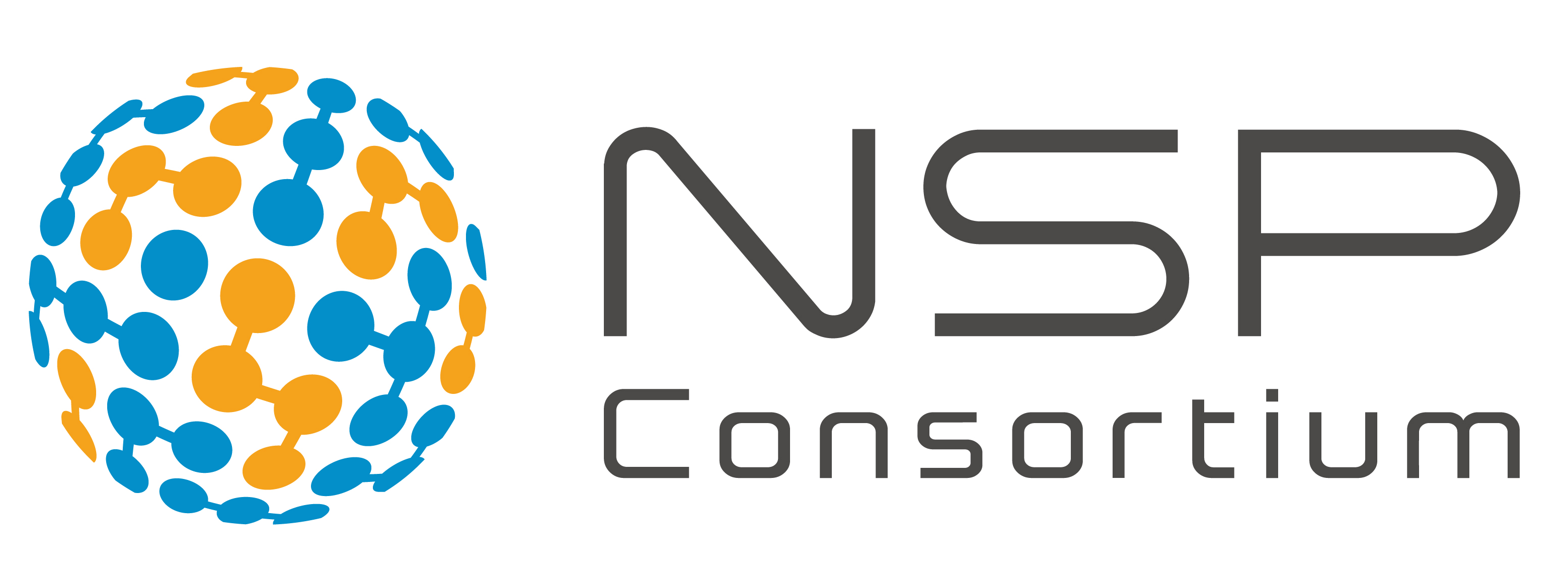Yuji Sekiya Laboratory
The University of Tokyo
Our laboratory belongs to Security Infromatics Education and Research Center, Graduate School of Information Science and Technology in The University of Tokyo.
Our research topics are Communication Technologies in the Internet, Fundamental Technologies for Cloud Computing, Software Defined Networking (SDN), Network Functions Virtualization (NFV), Mobile Core Architecture, and Cyber Security.
Cloud Computing
Cloud Computing is important services and technologies for recent IT infrastructures. We develop Cloud Controller for distributed IaaS Cloud and try to integrate resource management mechanism, distributed filesystem, and network migration using LISP and VXLAN technologies. The testbed is an inter-university IaaS cloud, called "WIDE Cloud".

SDN and NFV
Software Defined Network (SDN) is an important and hot keyword in DataCenter Network and Dedicated Network. We are working on effective management in DataCenter and Cloud Networks using OpenFlow from both of theoretical and practical approaches. Also, we establish the project for proof of concepts of Network Functions Virtualization (NFV). We evaluate and develop the elemental technologies architecture of NFV.


Cyber Security
Cyber Security is important and imperative for the Internet. To against cyber attacks we join the EU-JP international collaboration, NECOMA Project, of multi-layer resilient cyber-defence. In the project, we collect and analyze multi-layer datasets and develop resilient firewall. Also, DNSSEC is an important security mechanism to protect DNS queries from spoofing and attacking. We are developing DNSSEC simulator for accurate estimation of DNSSEC impacts.

